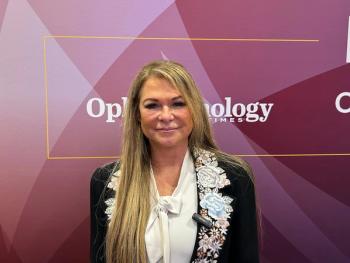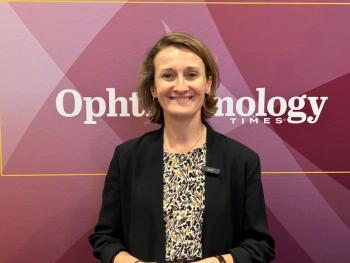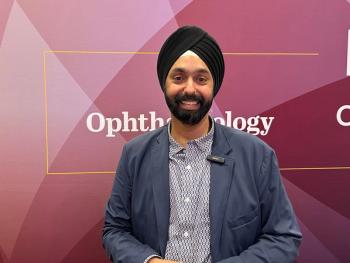
OCT can characterize corneoscleral junction
Optical coherence tomography (OCT) can be used to characterize the angle and topography of the corneoscleral junction, according to newly published research.
Optical coherence tomography (OCT) can be used to characterize the angle and topography of the corneoscleral junction, according to research published in
The novel, quantitative method used by the researchers also established differences among quadrants of the ocular surface, and between ethnic groups.
The researchers recruited a total of 48 subjects (16 Asian, 16 White and 16 Latino), and took OCT images in both eyes of the subjects' nasal, temporal, superior and inferior quadrants. Custom image analysis software allowed selection of a point defining the centre of the corneoscleral junction, and 20 concentric circles were drawn from this point. Edge-detection routines located the surface of the junction, and a linear regression was fit to the series of points that defined the circles intersecting this edge. A set of metrics was then calculated based on the regression residuals.
The researchers found that the most repeatable metric was the sum of the squared orthogonalized residuals (SSRo). In addition, this metric was unaffected by the orientation of the image.
The SSRo was greatest (indicating a more pronounced angle and/or rougher surface) in the nasal quadrant (p p
To read an abstract of the study, click
Newsletter
Get the essential updates shaping the future of pharma manufacturing and compliance—subscribe today to Pharmaceutical Technology and never miss a breakthrough.
















































